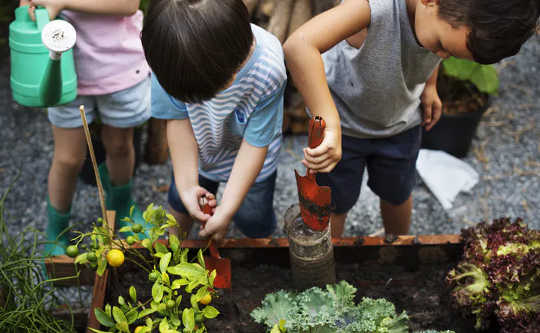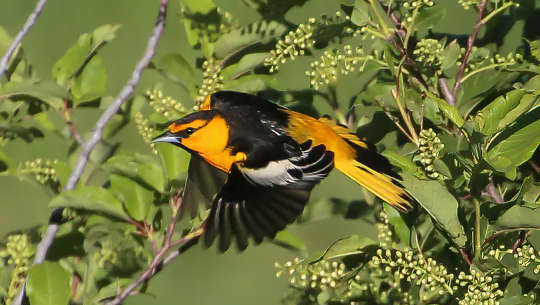
As we pass the spring equinox, lengthening days promise the return of warmth and with it, the return of migratory songbirds. In Canada, we welcome back our songbirds, relishing the profusion of song and colour that once again fill wild (and not so wild) places.
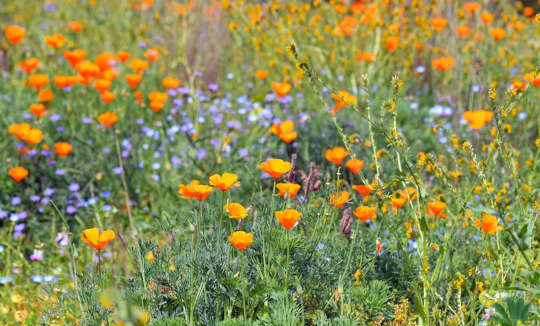
As winter phases into spring across the U.S., gardeners are laying in supplies and making plans. Meanwhile, as the weather warms, common garden insects such as bees, beetles and butterflies will emerge from underground burrows or nests within or on plants.
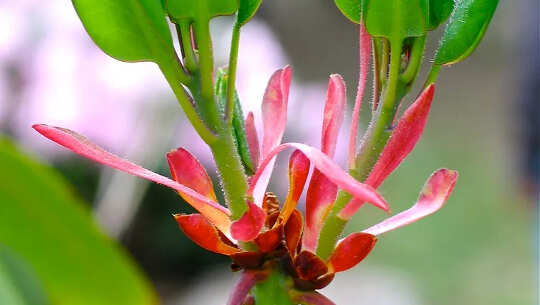
If you’ve ever seen lilac bushes crushed by snowdrifts, then budding on a warm day just a few weeks later, you may wonder how plants tolerate such extremes.
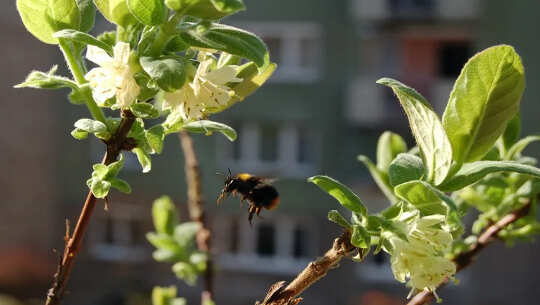
As humans have industrialised farming to feed a growing global population, pollinators – animals vital for plant reproduction – have seen their food supply decline
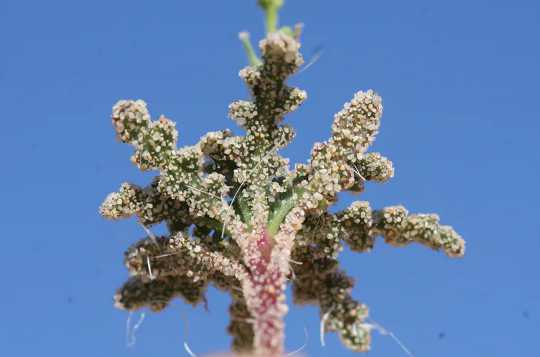
A great many plants have evolved sticky leaves, stems and seeds, including some you likely know – such as petunias and tobacco.
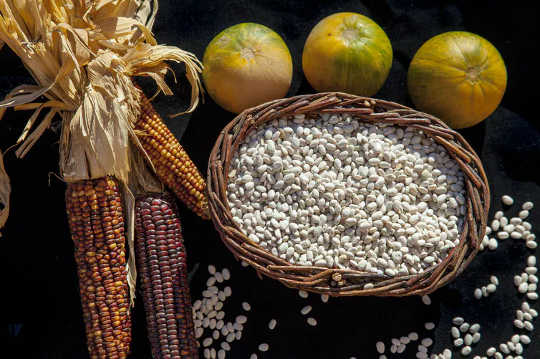
Historians know that turkey and corn were part of the first Thanksgiving, when Wampanoag peoples shared a harvest meal with the pilgrims of Plymouth plantation in Massachusetts.
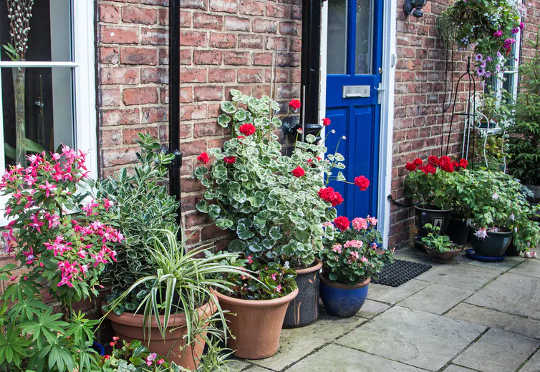
There is growing evidence that being in natural spaces – whether while gardening or listening to bird song – has a positive effect on mental health.
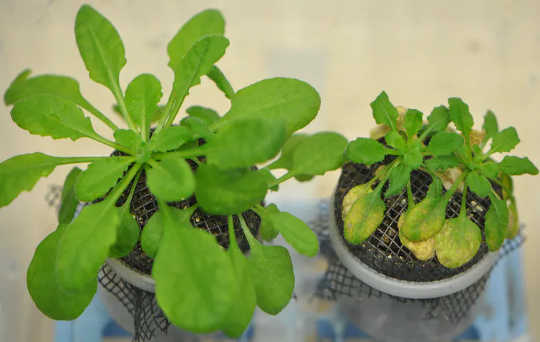
I am a plant microbiologist interested in how plants and microbes interact with each other. Although our research in the past has centered on molecular details of pathogenic infections, this work led my lab into the fascinating world of plant microbiome.

Tourism in the South Pacific has been hit hard by COVID-19 border closures with thousands of people out of work.
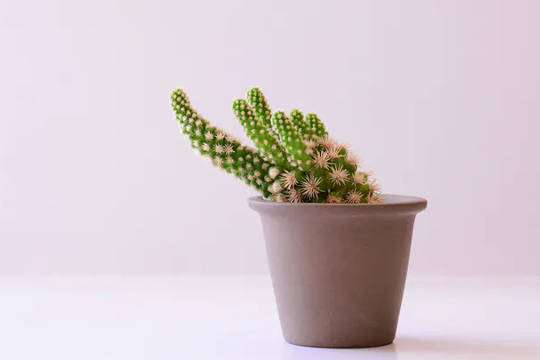
They’re not the first generation to keep house plants, but millennials seem to have earned a reputation for gratuitous indoor foliage.
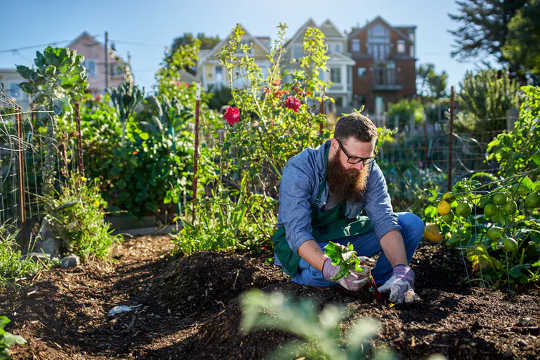
Since lockdown, public interest in growing fruit and vegetables at home has soared. Seed packets are flying off shelves and allotment waiting lists are swelling, with one council receiving a 300% increase in applications.
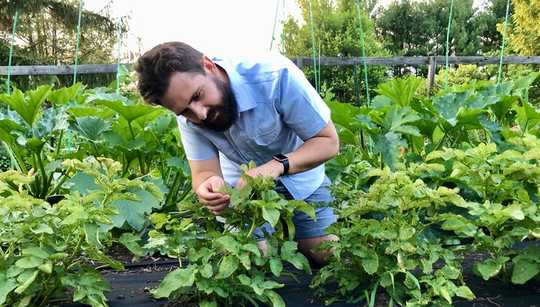
Home gardening is having a boom year across the U.S. Whether they’re growing their own food in response to pandemic shortages or just looking for a diversion, numerous aspiring gardeners have constructed their first raised beds, and seeds are flying off suppliers’ shelves.
- By NC State

Some of the fruits and vegetables you buy have seeds in them. Can you plant those? It depends.

Many Americans are now experiencing an erratic food supply for the first time. Among COVID-19’s disruptions are bare supermarket shelves and items available yesterday but nowhere to be found today.
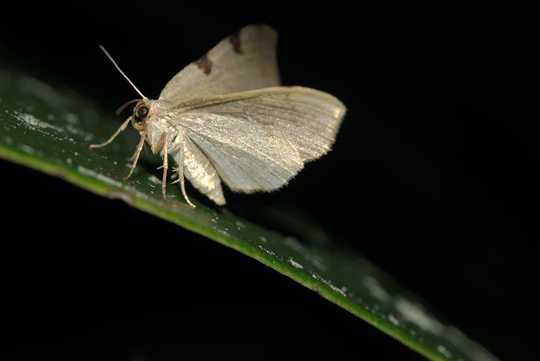
When you settle down for bed, after the birds and bees have hushed, moths are just starting their work.
- By Sheila Colla
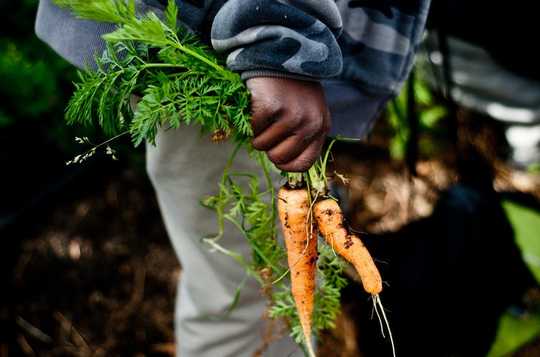
With the arrival of spring, many people have been starting to think about how COVID-19 will impact the affordability and availability of fruits and vegetables in coming months, as shortages of both honeybees and migrant workers threaten crop pollination and the food that comes with it.
- By Paul Manning
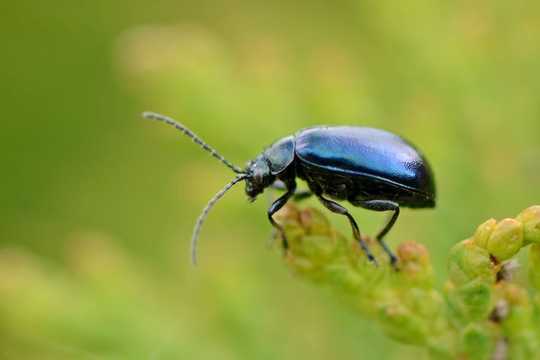
Insects, which include more than a million known species, represent roughly two-thirds of the described biodiversity on Earth.
- By Paul Manning
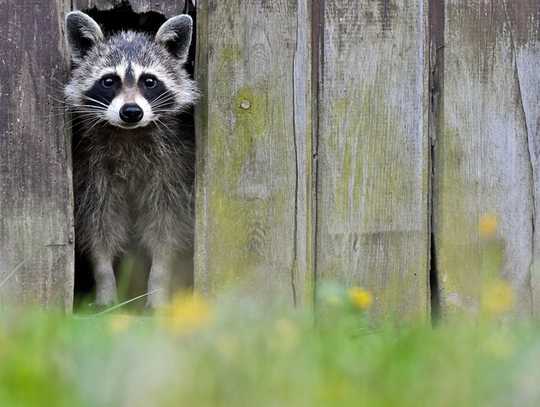
Many people are trying to grow their own food during the ongoing coronavirus pandemic. Hands are sketching plans onto paper.
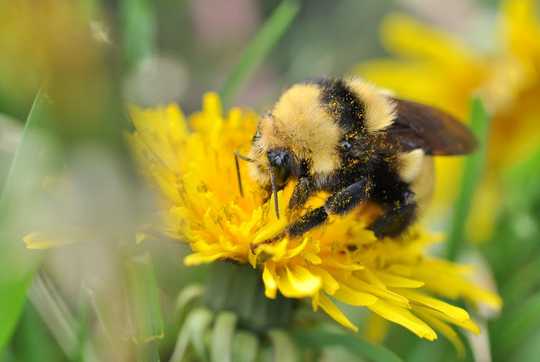
The first days of spring – brighter and warmer – are a biological trigger for female bees to wake up from hibernation and begin to build future colonies.
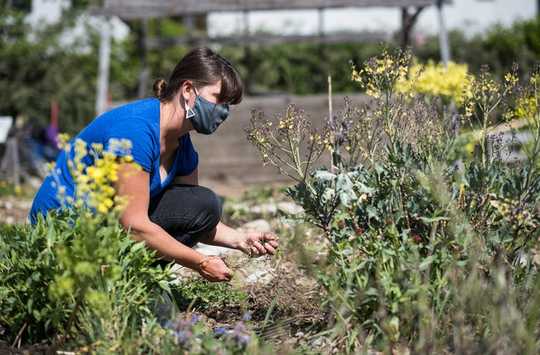
The coronavirus pandemic has set off a global gardening boom. In the early days of lockdown, seed suppliers were depleted of inventory and reported “unprecedented” demand.
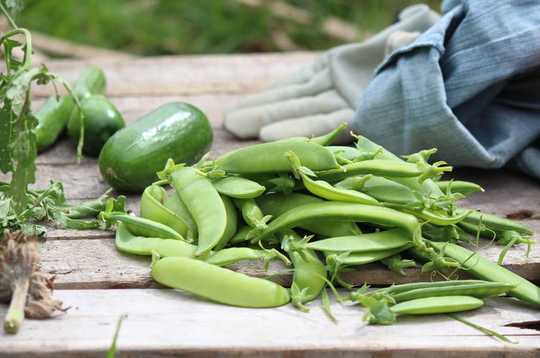
There is a long history of looking to one’s own garden or small farm when the weight of economic and political chaos becomes too much to bear.
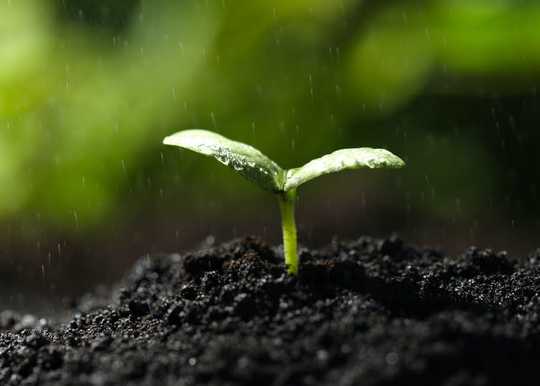
Did you ever wonder what causes that earthy smell that rises after a light summer rain?

